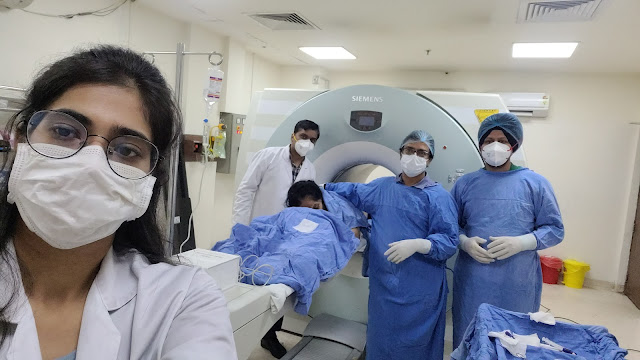Understanding Varicose Veins: Causes, Symptoms, and Treatment Options

When veins have varicose conditions, they look twisted and swollen, mostly seen near the skin on your legs. This happens a lot because of the extra pressure on your veins when you stand or walk, especially because of gravity pulling down on them. Doctors still aren't sure exactly why this happens. Many people think varicose veins are just a cosmetic issue with no real symptoms. But for others, they can cause a lot of pain and discomfort, possibly indicating a problem with blood flow. Treatment options include wearing compression stockings, staying active, and surgery to remove or close off the affected veins. The principal instigator behind varicose vein pathogenesis is the escalation in venous pressure, precipitated by the dysfunction of one-way valves in the superficial venous plexus. Ineffectual valvular mechanisms impede the unidirectional flow of blood towards the heart, resulting in its accumulation within the venous lumen and subsequent dilation. Although varicose and spide


.jpg)

